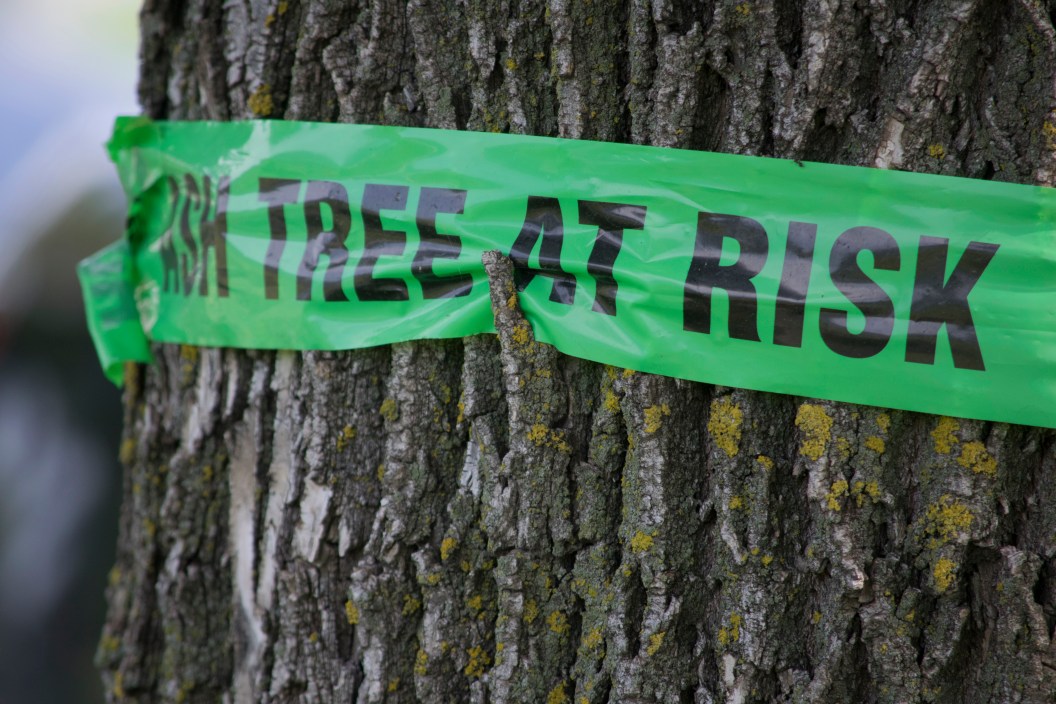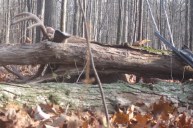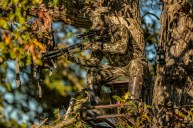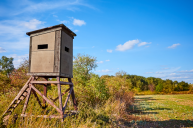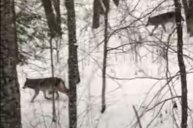The Wisconsin Department of Natural Resources has issued an advisory to hunters across its state: "Avoid placing deer stands in or near ash trees this deer hunting season." The reason for caution? Emerald ash borers.
An invasive species native to Northeast Asia, ash borers lay eggs in the bark of ash trees. Ash borer larvae then tunnel beneath the bark and into the trees' vascular system, where they feed on the sugars circulating through the trunk. Infested ash trees die within one to three years.
According to the U.S. Department of Agriculture, "Entire neighborhoods once flush with ash trees have been left barren in an almost desert-like landscape," all thanks to ash borer infestation. Outside Wisconsin, infestations have long plagued the broader Midwestern and Northeastern U.S., along with Southern states such as Virginia, Tennessee, North Carolina, and Georgia.
For hunters, this means an elevated risk of injury from deer stand accidents. "Dead and dying ash trees are structurally weaker than healthy trees," says Bill McNee, a DNR forest health specialist, in advising hunters to avoid ash trees when placing treestands. Hunters should also avoid setting up in trees that neighbor any ash trees, which could fall over and destroy deer stands nearby.
According to the WDNR, ash trees can be identified using two key features: "opposite branching patterns where two branches come off the main stem directly across from each other," and distinctive compound leaves with five to 11 leaflets.
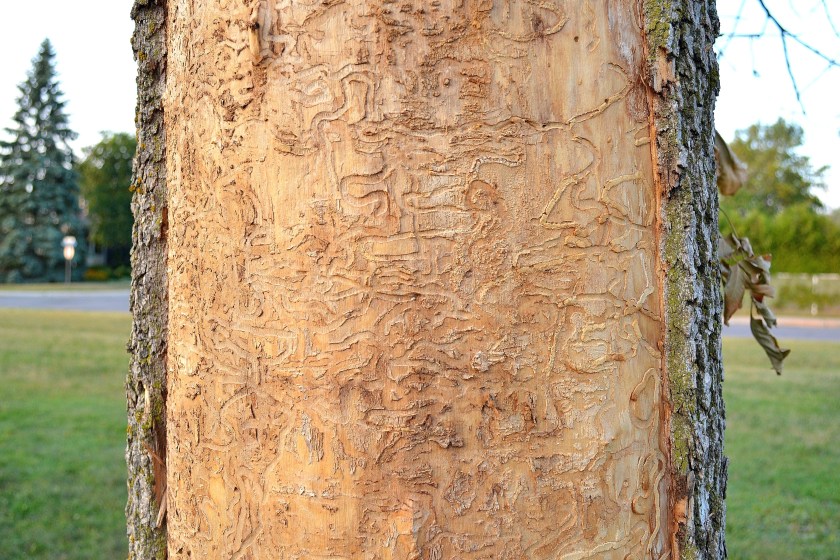
Getty Images, ziggy1
Infested ash trees can be identified in a few ways:
- "Blonded" bark that has been chipped away by woodpeckers, leaving behind swaths of lighter-colored underbark.
- D-shaped exit holes left behind by adult ash borers making their way out of the tree.
- Split-open segments of bark and, eventually, dead crowns.
- Epicormic shoots, or sprouts growing from roots and trunks abnormally.
- Serpentine, S-shaped tunnel patterns left under the bark.
Mountain ash and prickly ash trees, meanwhile, are not true ash trees. They belong to the rose and rue and citrus families, respectively—meaning they are not at risk of infestation.
Infestation or no, treestand safety is important. A 2021 International Hunters Education Association study found that 300 to 500 hunters are killed annually in treestand accidents, and another 6,000 are injured from falls. When using a deer stand, a hunter should always wear a full-body harness connected to a short tether line; maintain three points of contact while climbing into and out of the stand; use a haul line to raise and lower unloaded firearms or bows; and use a lifeline when climbing up and down.
As for slowing the spread of invasive insects: People should obtain firewood close to the burn site, rather than carrying newly chopped firewood from a long distance away. Loose-bark dry firewood carries the lowest risk of spreading disease. And when in doubt, purchasing certified firewood is always an option.
